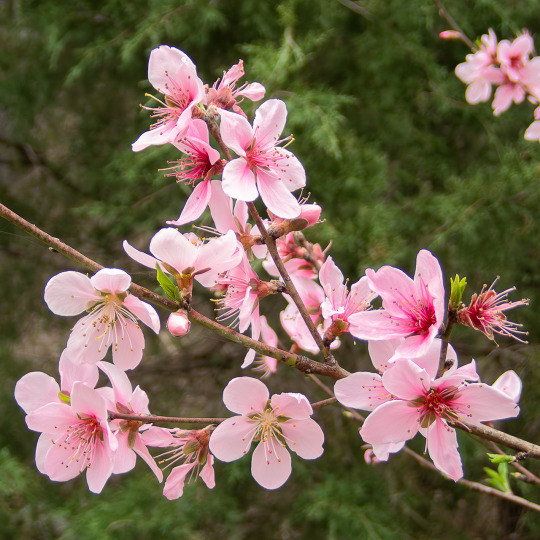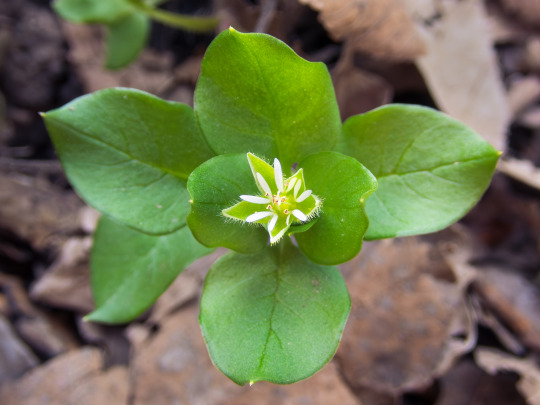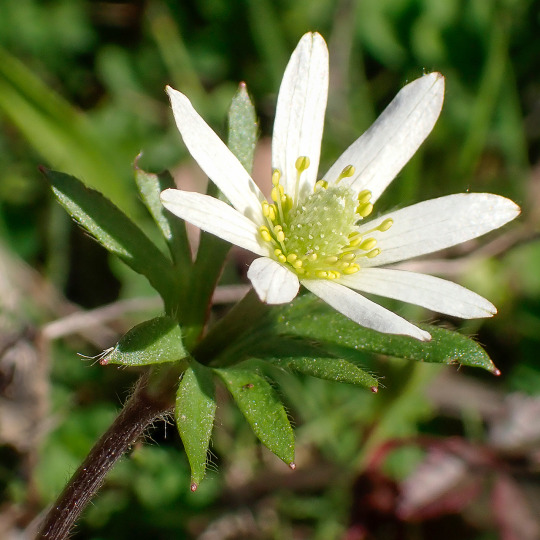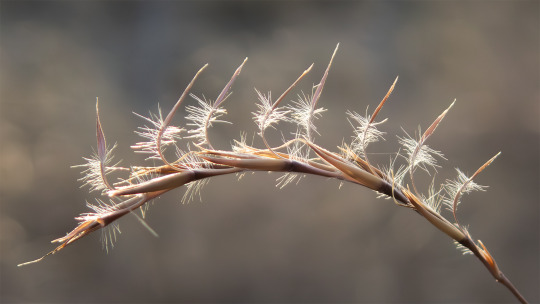Text

Scientific Name: Amphibolips confluenta
Common Name(s): Spongy oak apple gall wasp
Family: Cynipidae (gall wasp)
Life Stage(s): Larva
Location: Plano, Texas
Season(s): Winter
This is what one of these looks like on the inside.
#Amphibolips confluenta#spongy oak apple gall wasp#Cynipidae#Plano#Texas#winter#brown#oak apple#gall wasp#Hymenoptera#gall#insect#bugblr
6 notes
·
View notes
Text

2017-08-21 solar eclipse over the Teton range, Wyoming.
#eclipse#solar eclipse#total eclipse#astronomy#astrophotography#Teton range#Wyoming#blue#photographers on tumblr
177 notes
·
View notes
Text

Scientific Name: Diabrotica undecimpunctata
Common Name(s): Spotted cucumber beetle, southern corn rootworm (larva)
Family: Chrysomelidae (leaf beetle)
Life Stage(s): Adult
Location: Plano, Texas
Season(s): Summer
#Diabrotica undecimpunctata#spotted cucumber beetle#southern corn rootworm#Chrysomelidae#Plano#Texas#summer#yellow#leaf beetle#beetle#Coleoptera#insect#bugblr
4 notes
·
View notes
Text

A honey bee visits a Texas bluebonnet.
#Texas bluebonnet#bluebonnet#honeybee#honey bee#bee#Lupinus texensis#Apis mellifera#Texas#spring#flower#blue#photographers on tumblr#plantblr#bugblr
13 notes
·
View notes
Text

Scientific Name: Geranium carolinianum
Common Name(s): Carolina crane’s bill, Carolina geranium
Family: Geraniaceae (geranium)
Life Cycle: Annual
Leaf Retention: N/A
Habit: Forb
USDA L48 Native Status: Native
Location: Allen, Texas
Season(s): Winter
Distinguished from its lookalikes by the pointy tips on the sepals.
#Geranium carolinianum#Carolina crane's bill#Carolina geranium#Geraniaceae#annual#forb#native#Allen#Texas#winter#flower#white#pink#plantblr
9 notes
·
View notes
Text


Scientific Name: Vanessa atalanta
Common Name(s): Red admiral
Family: Nymphalidae (brush-footed butterfly)
Life Stage(s): Adult
Location: Plano, Texas
Season(s): Late winter
Dorsal (top) and ventral (bottom) wing patterns.
#Vanessa atalanta#red admiral#Nymphalidae#Plano#Texas#winter#late winter#spring#red#black#butterfly#Lepidoptera#insect#bugblr
9 notes
·
View notes
Text

Scientific Name: Prunus persica
Common Name(s): Peach
Family: Rosaceae (rose)
Life Cycle: Perennial
Leaf Retention: Deciduous
Habit: Tree
USDA L48 Native Status: Introduced
Location: Parker, Texas
Season(s): Winter
#Prunus persica#peach#Rosaceae#perennial#deciduous#tree#introduced#Parker#Texas#winter#flower#pink#edible plants#plantblr
2 notes
·
View notes
Text

Scientific Name: Sapindus saponaria var. drummondii or Sapindus drummondii
Common Name(s): Western soapberry
Family: Sapindaceae (soapberry)
Life Cycle: Perennial
Leaf Retention: Deciduous
Habit: Tree, shrub
USDA L48 Native Status: Native
Location: Allen, Texas
Season(s): Winter
It’s called soapberry because you can make soap from it!
Soapberries are also offered commercially “soap nuts,” though the ones I’ve seen for sale are Sapindus mukorossi, which is a species native to Asia.
Speaking of species, the genus Sapindus comprises about 12 species. I’m guessing the exact number isn’t settled because, as in the case here, whether this plant is a subspecies or its own species depends on whom you ask. The USDA Plants Database shows that S. saponaria is native to the southern U.S., from the Atlantic coast to Arizona, whereas var. drummondii only exists west of the Mississippi River. This difference is apparently enough for iNaturalist and its taxon authority POWO to elevate it to the full species level.
The fruits are about ½″ (12 mm) in diameter and form in the summer; they are pale green and opaque when young before maturing to a translucent amber in the fall.
#Sapindus saponaria#Sapindus drummondii#western soapberry#soapberry#Sapindaceae#perennial#deciduous#tree#shrub#native#Allen#Texas#winter#fruit#orange#taxonomy#taxonomic confusion#plantblr
8 notes
·
View notes
Text

Scientific Name: Stellaria media
Common Name(s): Common chickweed
Family: Caryophyllaceae (pink, carnation)
Life Cycle: Annual or short-lived perennial
Leaf Retention: N/A
Habit: Forb
USDA L48 Native Status: Introduced
Location: Plano, Texas
Season(s): Winter
#Stellaria media#common chickweed#chickweed#Caryophyllaceae#annual#forb#introduced#Plano#Texas#winter#flower#white#plantblr
1 note
·
View note
Text

Scientific Name: Anemone berlandieri
Common Name(s): Tenpetal anemone, tenpetal thimbleweed
Family: Ranunculaceae (buttercup)
Life Cycle: Perennial
Leaf Retention: Deciduous
Habit: Forb
USDA L48 Native Status: Native
Location: Lucas, Texas
Season(s): Winter
Lies! All lies!
First off, when a plant is named “tenpetal,” wouldn’t you expect its defining feature to be flowers with ten petals? But look at this thing. Count’em. Do you see ten? No, that number is highly variable between individuals and is not a reliable key for identifying this species.
Worse, those … aren’t even petals. No, they’re sepals. This plant doesn’t have any petals at all. (When a plant either lacks petals or when its petals and sepals are indistinguishable, the term “tepal” is used, but I’m not enough of an expert to know if it applies here.)
After the flower appears, the stem continues to grow so that the bract becomes sufficiently far down the stem to appear as leaves. Don’t be mistaken. The leaves for this plant grow only at its base.
This plant is a perennial that blooms in late winter and early spring, then goes dormant over summer and fall. White is most common, but the flowers’ colors can range from white to purple.
Two Anemone species, A. berlandieri and A. caroliniana, are found here in North Texas, and they can be difficult to tell apart at first glance. Using this side-by-side comparison, we can identify this as A. berlandieri by the hairs on the stem below the bract even without any basal leaves visible in this photo.
#Anemone berlandieri#tenpetal anemone#tenpetal thimbleweed#Ranunculaceae#perennial#deciduous#forb#native#Lucas#Texas#winter#flower#white#plantblr
9 notes
·
View notes
Text

Scientific Name: Schizachyrium scoparium
Common Name(s): Little bluestem
Family: Poaceae (grass)
Life Cycle: Perennial
Leaf Retention: Deciduous
Habit: Graminoid
USDA L48 Native Status: Native
Location: Lucas, Texas
Season(s): Winter
Post-fruiting, based on season, but I’m not good at recognizing grass phenology.
#Schizachyrium scoparium#little bluestem#Poaceae#perennial#deciduous#graminoid#native#Lucas#Texas#winter#fruit#brown#tan#bluestem#plantblr
8 notes
·
View notes
Text

Scientific Name: Perithemis tenera
Common Name(s): Eastern amberwing
Family: Libellulidae (skimmer)
Life Stage(s): Adult
Location: Plano, Texas
Season(s): Summer
smol.
The common name is pretty self-explanatory. At around 0.8″ to 1.0″ (20–25 mm) long, this is the second smallest dragonfly in North America; it’s bested only by the elfin skimmer, which has different coloration. This species is common throughout the eastern 2/3 of the U.S., and, away from the U.S.-Mexico border where it shares habitat with other amberwings, its size and color should make it easy to identify. (BugGuide says: “Except along the U.S.-Mexican border, this is the only tiny dragonfly with amber wings on the male.”) The main difference between males and females is in the wings: males have clear amber wings, whereas females’ wings are more variable and can have dark patches.
#Perithemis tenera#eastern amberwing#Libellulidae#Plano#Texas#summer#dragonfly#insect#Odonata#orange#bugblr
5 notes
·
View notes
Text

Bridge railing
#bridge#infrastructure#brown#monochromatic#geometric#shadow#shadows#stripes#repetition#photographers on tumblr
0 notes
Text

Seen on a walk.
5 notes
·
View notes
Text

Texas Tantrum Tot and Pals by Ron English (website, Instagram), Deep Ellum, Dallas, Texas.
3 notes
·
View notes
Text

Scientific Name: Ilex decidua
Common Name(s): Possumhaw
Family: Aquifoliaceae (holly)
Life Cycle: Perennial
Leaf Retention: Deciduous
Habit: Tree, shrub
USDA L48 Native Status: Native
Location: Plano, Texas
Season(s): Fall
#Ilex decidua#possumhaw#Aquifoliaceae#perennial#deciduous#tree#shrub#native#Plano#Texas#fall#autumn#fruit#red#holly#plantblr
7 notes
·
View notes
Text

Flying over Greenland.
16 notes
·
View notes